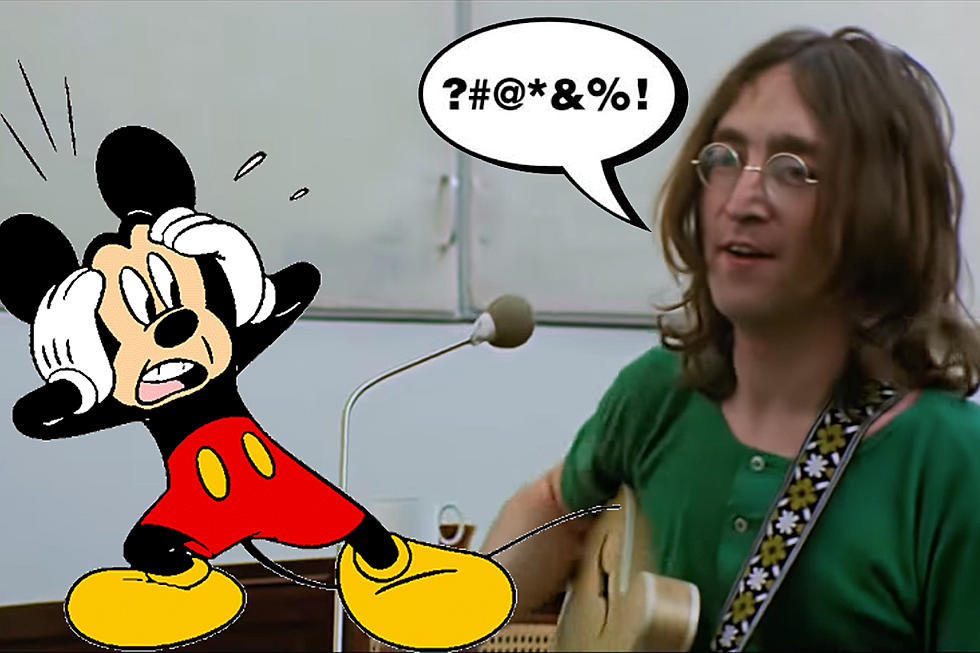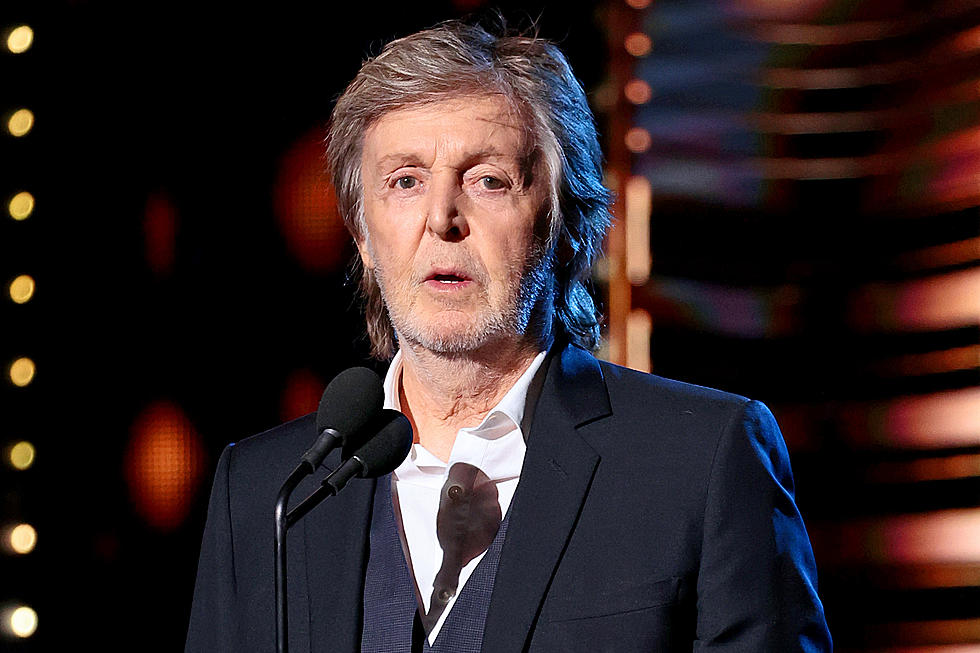
How Capitol Kept Carving Up the Beatles With Their ‘Second Album’
"It's Here! It's on Capitol!! and It's ALL Beatles!!!" read an April 10, 1964 ad in Billboard that heralded the arrival of their sophomore studio effort, simply titled The Beatles' Second Album.
As most fans know, the Beatles output in the U.S. was very different from the albums issued in the U.K. and elsewhere. In Britain, singles usually weren't included on records, so Capitol would routinely chop off a few songs from the British editions, add in the hits, and save up those unused tracks to create a brand new Beatles album.
Appearing less than three months after Meet the Beatles, Second Album was actually a composite of soul covers from With The Beatles and some singles and B-sides. The record kicks off with a raving and rocking rendition of "Roll Over Beethoven." Originally recorded by Chuck Berry in 1956, the Beatles make it their own as George Harrison handles not only the rocked out on lead guitar, but also the lead vocal. (In 1973, the Electric Light Orchestra would take their own version into the charts.)
Paul McCartney shines brightly on their rave-up version of Little Richard's "Long Tall Sally," which blew open side two of the LP. Not many people could do Little Richard justice, but Paul more than holds his own here as the band rock full throttle, dishing out one of their finest rockers.
Three songs – the Marvelettes' "Please Mr. Postman," the Miracles' "You've Really Got A Hold On Me" and Barrett Strong's "Money (That's What I Want)" – were pulled from the Motown catalog. It was treacherous ground to cover, considering "Postman" had been a No. 1 hit, and the Miracles' record had reached the Top 10 less than three years earlier. Co-written by Motown founder Berry Gordy, "Money" was a No. 23 hit in 1960. The Beatles attack the song more savagely than Strong, taking away a bit of the soul feel and replacing it with raw rock and roll.
"Devil In Her Heart" was by obscure girl group the Donays. Issued on the Brent label, and originally titled "Devil In His Heart," the record was a flop on the charts, but it caught the Beatles' ears. George takes lead on this one and feels right at home. Chances are very good that their versions of "Money," "Devil In Her Heart," and the others, are more familiar to fans than the original hits.
"You Can't Do That" is one of this LP's best moments, hands down. Originally released in March as the b-side to the "Can't Buy Me Love" single, it's a great John Lennon-sung rocker that perfectly captured the Beatles in their 'beat group' prime. Lennon and McCartney were already honing their craft and coming up with material that was perfectly suited to them. The song would also appear in the A Hard Day's Night film and (U.K.) album.
"I Call Your Name" first saw the light of day as the flip side of the Lennon and McCartney-penned single "Bad To Me" by fellow Liverpudlians Billy J. Kramer & the Dakotas, who were also manged by Brian Epstein and produced by George Martin. The Beatles' own version of "I Call Your Name" is another prime Merseybeat rocker with another powerful Lennon lead vocal. The song was later covered by the Mamas & Papas on their debut album in 1966.
"Thank You Girl" first showed up as the b-side of the "From Me To You" single in the U.K. a year earlier. It was subsequently released in the States as the b-side to the U.S. single of "Do You Want To Know a Secret" in early April 1964. Interestingly, that single was not on Capitol but rather Vee-Jay, who had previously issued the Introducing ... the Beatles LP 10 days prior to Meet the Beatles.
"She Loves You" was, and still is, one of the Beatles most engaging and urgent rockers, with its "yeah yeah yeah" refrain being instantly identifiable. Ringo Starr's powerhouse drumming alone is worth the price of admission. Paired up with "I'll Get You," it became the Beatles' fourth U.K. single in August 1963; it was released on U.S. shelves via the Swan label. The whole Swan and Vee-Jay chapter of their discography is more involved but, in a nutshell, Capitol didn't pick up the ball right away, so some of those earlier recordings found a home on smaller labels. By October 1964, Capitol had the rights to their entire catalog.
The Beatles' Second Album hit No. 1 on the U.S. charts shortly after its release, knocking Meet the Beatles from the top spot. Over the years, many have scoffed at the butchering of the original British LPs to make up new product for the U.S. market. Regardless, those U.S. versions are what fans in this country grew up with, and for which many remain nostalgic.
The Best Song on Every Beatles Album
You Think You Know the Beatles?
More From 98.7 WFGR










